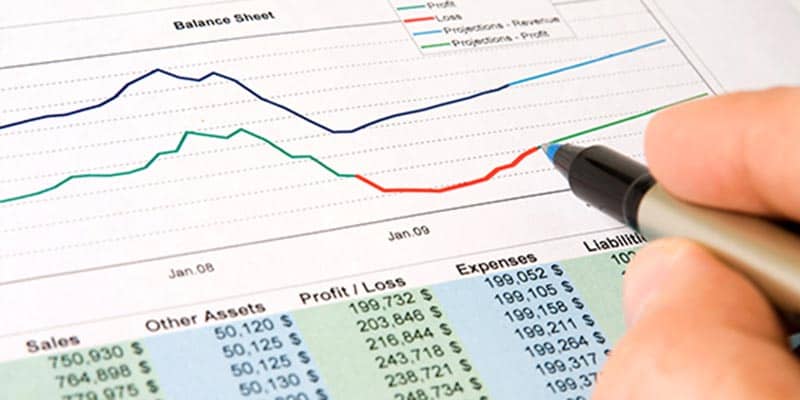Now that 2022 is up and running, business owners can expect to face a few challenges and tough choices as the year rolls along. No matter how busy things get, don’t forget about an easily accessible and highly informative resource that’s probably just a few clicks away: your financial statements.
Assuming you follow U.S. Generally Accepted Accounting Principles (GAAP) or similar reporting standards, your financial statements will comprise three major components: an income statement, a balance sheet and a statement of cash flows. Each one contains different, but equally important, information about your company’s financial performance. Together, they can help you and your leadership team make optimal business decisions.
Revenue and expenses
The first component of your financial statements is the income statement. It shows revenue and expenses over a given accounting period. A commonly used term when discussing income statements is “net income.” This is the income remaining after you’ve paid all expenses, including taxes.
It’s also important to check out “gross profit.” This is the income earned after subtracting the cost of goods sold from revenue. Cost of goods sold includes the cost of direct labor and materials, as well as any manufacturing overhead costs required to make a product.
The income statement also lists sales, general and administrative (SG&A) expenses. They reflect functions, such as marketing and payroll, that support a company’s production of products or services. Often, SG&A costs are relatively fixed, no matter how well your business is doing. Calculate the ratio of SG&A costs to revenue: If the percentage increases over time, business may be slowing down.
Assets, liabilities and net worth
The second component is the balance sheet. It tallies your assets, liabilities and net worth to create a snapshot of the company’s financial health on the financial statement date. Assets are customarily listed in order of liquidity. Current assets (such as accounts receivable) are expected to be converted into cash within a year. Long-term assets (such as plant and equipment) will be used to generate revenue beyond the next 12 months.
Similarly, liabilities are listed in order of maturity. Current liabilities (such as accounts payable) come due within a year. Long-term liabilities are payment obligations that extend beyond the current year.
True to its name, the balance sheet must balance — that is, assets must equal liabilities plus net worth. So, net worth is the extent to which assets exceed liabilities. It may signal financial distress if your net worth is negative.
Other red flags include current assets that grow faster than sales and a deteriorating ratio of current assets to current liabilities. These trends could indicate that management is managing working capital less efficiently than in previous periods.
Inflows and outflows of cash
The statement of cash flows shows all the cash flowing in and out of your business during the accounting period.
Cash inflows typically come from selling products or services, borrowing and selling stock. Outflows generally result from paying expenses, investing in capital equipment and repaying debt. The statement of cash flows is organized into three sections, cash flows from activities related to:
- Operating,
- Financing, and
- Investing.
Ideally, a company will generate enough cash from operations to cover its expenses. If not, it might need to borrow money or sell stock to survive.
The good and the bad
Sometimes business owners get into the habit of thinking of their financial statements as a regularly occurring formality performed to satisfy outside parties such as investors and lenders. On the contrary, your financial statements contain a wealth of data that can allow you to calculate ratios and identify trends — both good and bad — affecting the business. For help generating accurate financial statements, as well as analyzing the information therein, please contact us.






